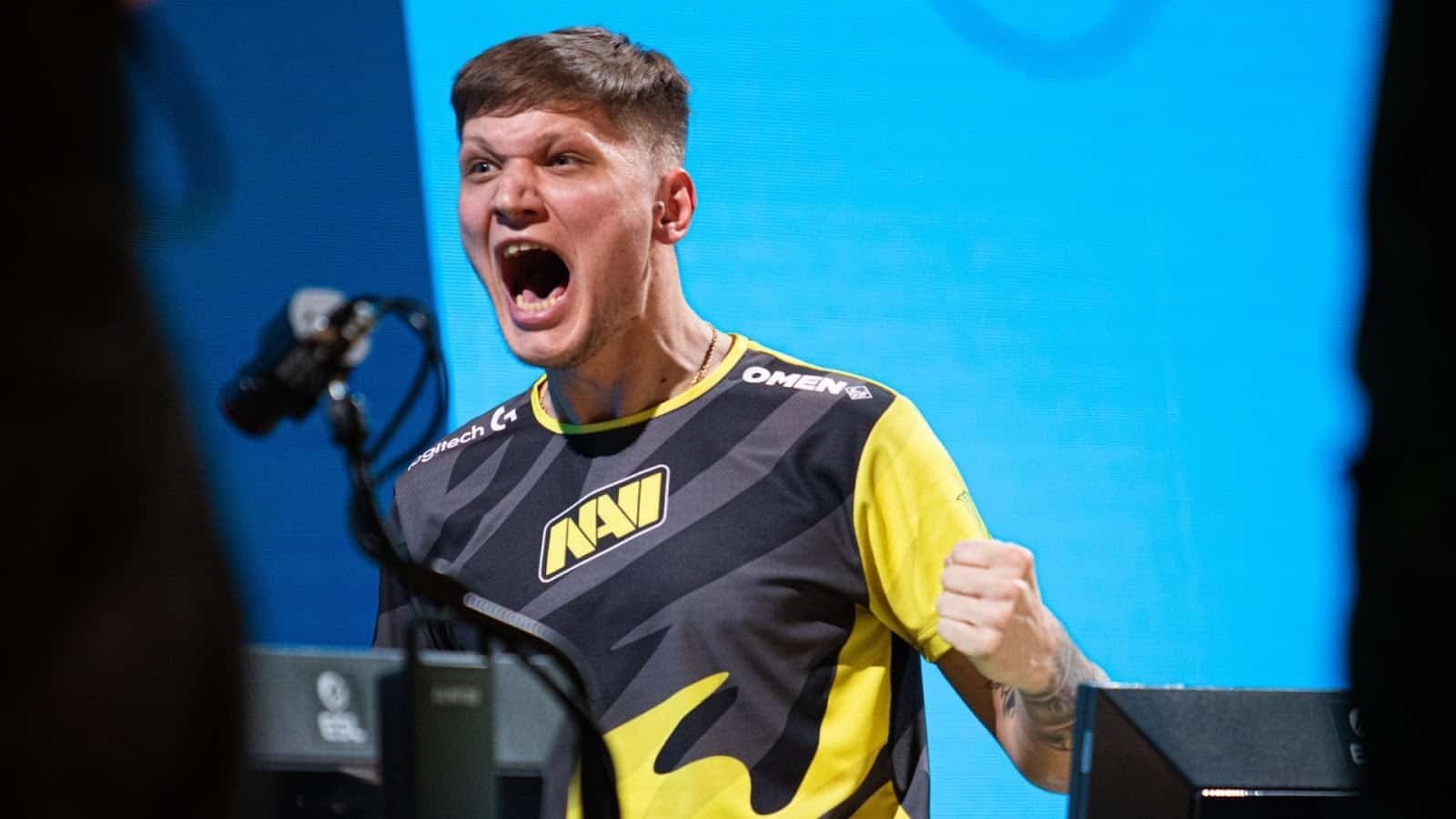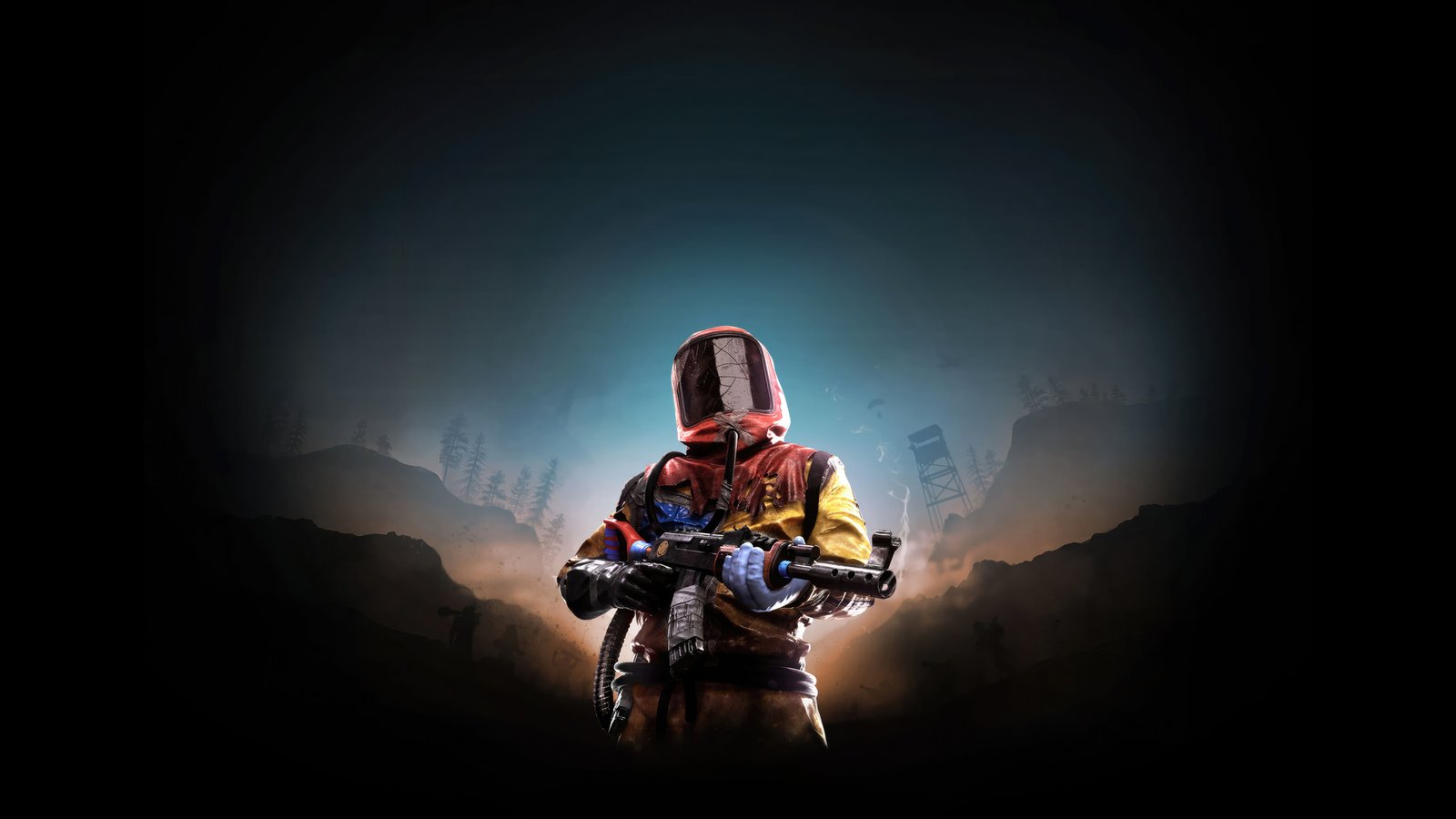From LAN Tournaments to Global Esports Phenomenon - History of Counter-Strike Competitive Scene

Counter-Strike is more than just a game—it's a legacy. From its humble beginnings as a Half-Life mod in 1999 to becoming a global esports powerhouse, its journey reflects the explosive rise of competitive gaming. What started as small-scale LAN tournaments in internet cafes has evolved into massive international events with million-dollar prize pools. Let’s take a closer look at how Counter-Strike became the titan of esports it is today.
The Early Days: LAN Cafés and the Birth of Competition
In the late 1990s and early 2000s, Counter-Strike thrived in internet cafes. Local teams would form organically, battling in grassroots tournaments for pride rather than prize money. Competitive play was raw, unstructured, and built purely on passion. The first structured events, such as the Cyberathlete Professional League (CPL), provided a glimpse into what professional Counter-Strike could become.
During this period, Counter-Strike 1.6 emerged as the definitive version, setting the standard for skill-based gameplay. Legendary maps like de_dust2 and de_inferno became the proving grounds for some of the earliest esports stars. As the community grew, so did the scale of tournaments, with events like ESWC, WCG, and Intel Extreme Masters (IEM) introducing international competition to a broader audience.
A Divided Scene: The CS 1.6 vs. Source Era
In 2004, Valve released Counter-Strike: Source, a visually enhanced version of the game running on the Source engine. While it introduced better graphics and physics, the community was divided. Professional players and long-time fans largely stuck with 1.6, while newer players embraced Source. Tournament organizers had to navigate this split, with some events featuring both versions. Despite the divide, both games maintained strong competitive followings, but CS 1.6 remained dominant at the highest levels of play.
CS:GO and the Esports Boom
When Counter-Strike: Global Offensive (CS:GO) launched in 2012, the response was mixed. The game felt different, and many pros hesitated to switch. However, Valve’s consistent updates, along with the introduction of Valve-sponsored Majors, helped CS:GO find its footing. The first Major, DreamHack Winter 2013, marked the beginning of a new era, providing an official esports structure that the franchise had never seen before.
With ESL One, ELEAGUE, and PGL Majors gaining momentum, Counter-Strike tournaments became some of the most prestigious in esports. Prize pools soared to $1,000,000, attracting powerhouse organizations like Astralis, FaZe Clan, and Team Liquid. The introduction of skins and in-game monetization further fueled the ecosystem, allowing tournament organizers to invest in bigger and better productions. CS:GO had officially become a global esports phenomenon.
Challenges and the Resilience of Counter-Strike
In 2020, the COVID-19 pandemic disrupted the competitive landscape, forcing major tournaments to transition from LAN to online play. Events like IEM Katowice 2020 had to adapt, with players dealing with higher latency and unpredictable online conditions. Despite the challenges, the Counter-Strike community remained resilient. When LAN events returned in late 2021, the passion for in-person competition was stronger than ever, proving that the game’s appeal extended beyond just the matches—it was about the experience.
The Arrival of Counter-Strike 2
In 2023, Valve introduced Counter-Strike 2 (CS2), bringing significant changes with the Source 2 engine. The game featured improved graphics, refined physics, and innovative mechanics like volumetric smokes, fundamentally altering the tactical meta. CS2 ushered in a new competitive era, with PGL Copenhagen 2024 being the first official CS2 Major. As new teams rise and new strategies develop, Counter-Strike continues to evolve while staying true to its roots.
A Legacy That Endures
From dimly lit LAN cafes to sold-out arenas, Counter-Strike has solidified its place as one of the greatest competitive games of all time. With CS2 leading the next phase, the game’s legacy in esports is far from over. Whether you’re a veteran from the 1.6 days or a newcomer in CS2, the thrill of Counter-Strike remains unmatched. The game may change, but its core principle remains the same—raw skill, strategy, and the pursuit of greatness.









